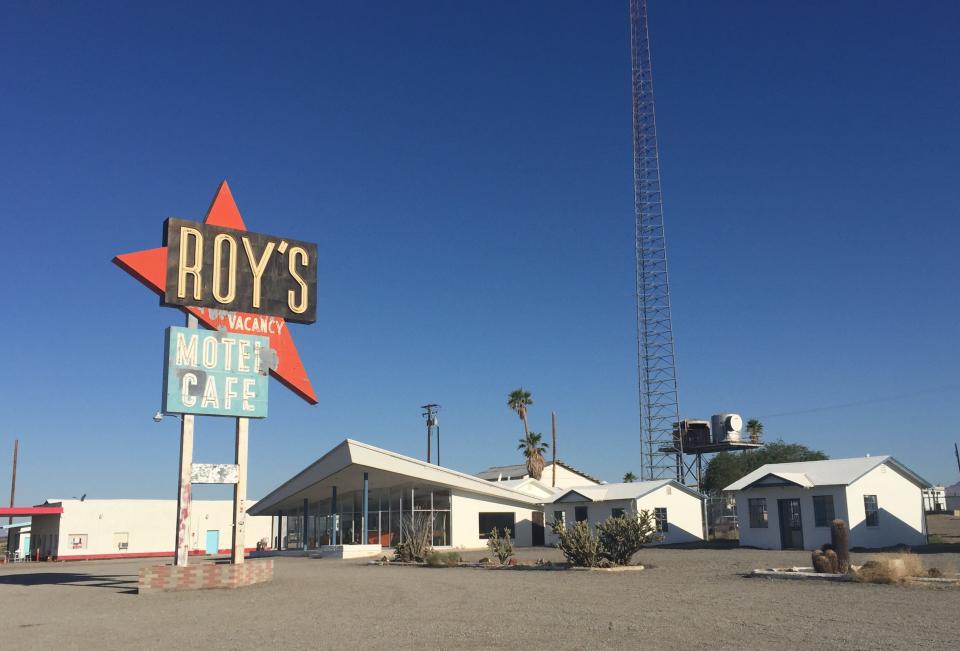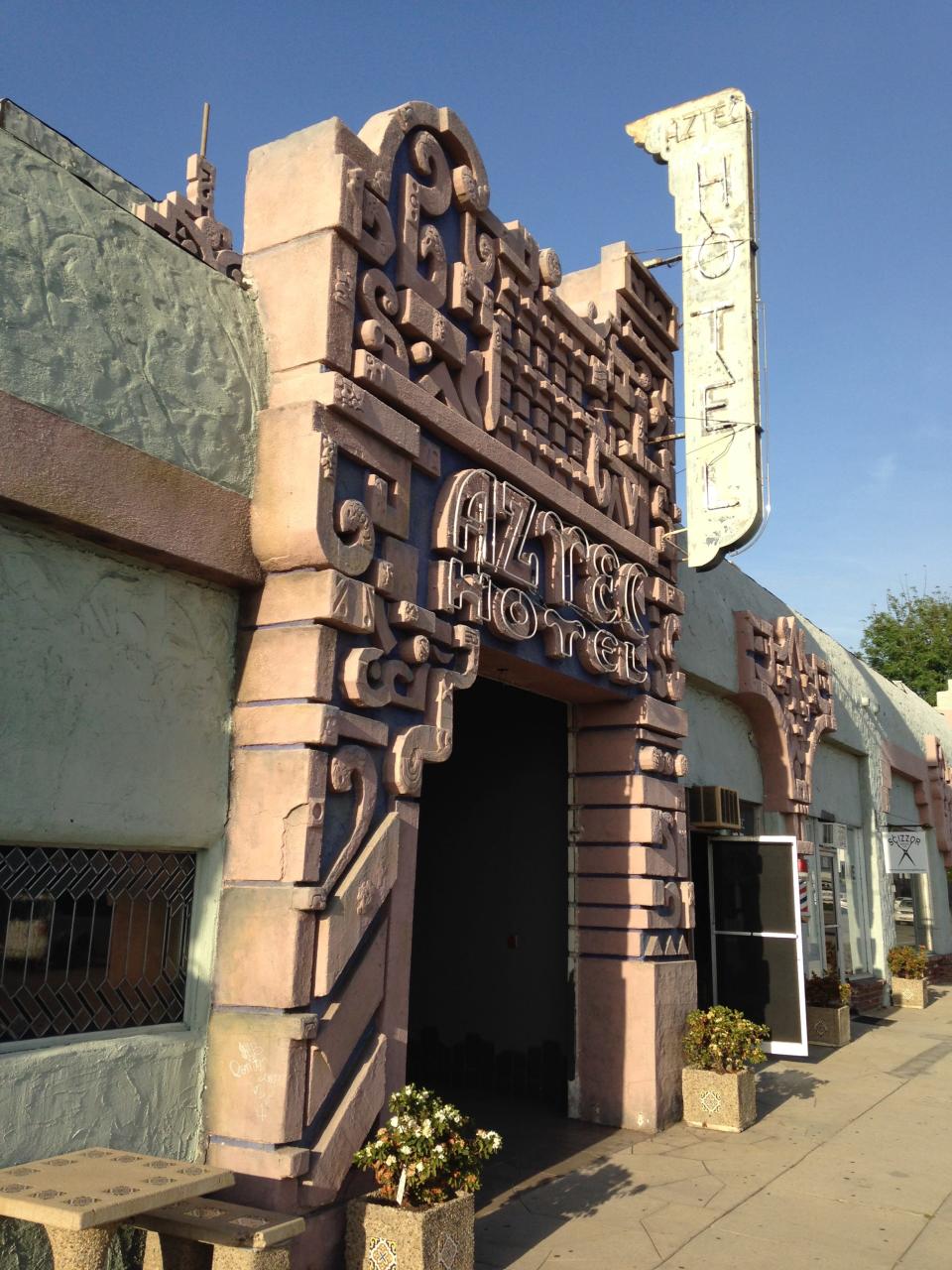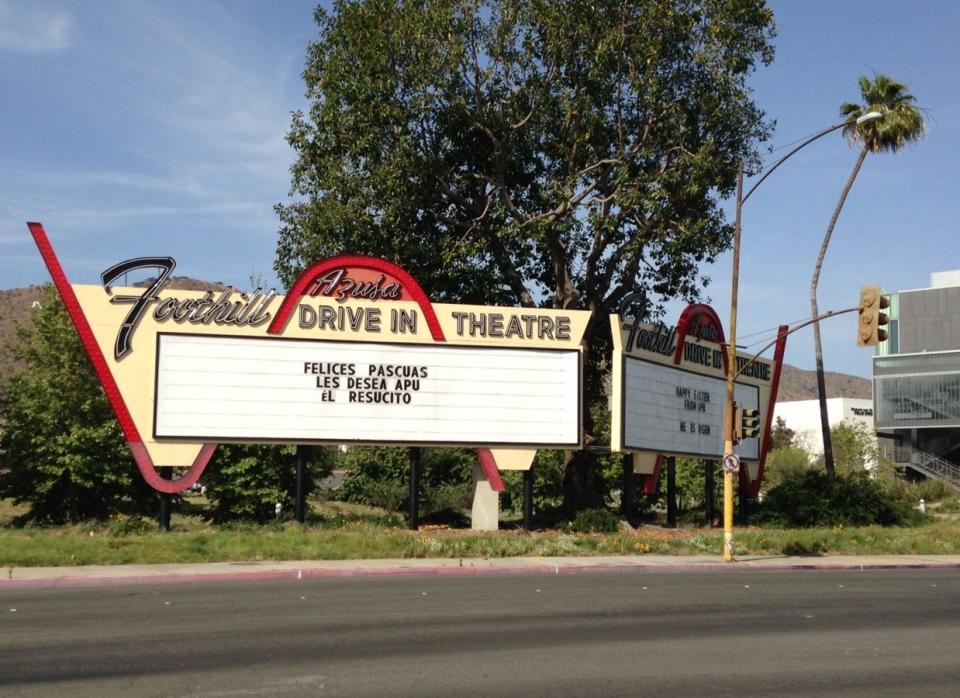Revisiting Route 66: The roadtrip that 'changed my life'
Today, I want to revisit possibly the granddaddy of all road trips, following the historic Mother Road, US Route 66, from Chicago to its terminus in Santa Monica. It’s a road trip that changed my life, coincidentally!
In the summer of 1962 my mother packed my two brothers and me in the back of our Ford station wagon, pulling a Nimrod tent trailer and set off from Ohio to Chicago, then followed Route 66 all the way to Southern California. My day (too busy to take four weeks vacation) would fly into Los Angeles to join us, missing almost all the adventure and nostalgia that goes with the old highway.
Route 66 took shape in 1926 and debuted in 1927, resulting in a meandering 2,445-mile highway hodge podge that began in Chicago and crossed Illinois, Missouri, Kansas, Oklahoma, Texas, New Mexico, Arizona, ending in Los Angeles (10 years later the western Terminus was shifted to Santa Monica). It was promoted by the US 66 Highway Association as “the shortest, best, and most scenic route from Chicago to Los Angeles”. Fueled by heavy promotion and “Get your kicks on Route 66”, the popular song from 1946 by Bobby Troup, the westward migration on Route 66 exploded, particularly after World War II.

When the highway debuted, new Fords and Chevys could be bought for $350 and $525, respectively - a large sum in those days – and gas went for $.16-$.18 a gallon. Americans were beginning to revel in the open road; the Depression, the Dust Bowl, World War II and its aftermath – all fueled American’s wanderlust and the highway became a major artery west as families relocated to better or rebuild their lives.
Small to large towns along the newly christened highway found the opportunity to promote their downtowns, their new motels and old hotels, restaurants, gas stations and businesses. Today, many of these towns actively promote the “Mother Road” with museums, reinvigorated downtowns, nostalgic service stations and motor courts, wall murals and more. Nostalgia reigns supreme!

To do the entire road trip of the 2400-plus miles, you need two to three weeks. Better, for many Westerners, and certainly Californians, is to tackle the old highway in smaller pieces, with a suggestion of starting in Santa Monica, and working backwards toward Chicago. We’ve done much of the highway in segments like that over the last 10 years, working our way through the highways of states from St. Louis to Santa Monica. My spouse and I are now planning a trip to see relatives in Tennessee and Ohio, and hope to do the Chicago to St. Louis portion of Route 66 on our return, late in September (that would be first time for me since 1962).
In California, a few favorite highlights stand out, moving from east to west. In the hills of Arizona just before entering California, you’ve got to make a stop at the mountain town of Oatman, rebuilt to focus on its portion of Route 66, site of a half dozen movies featuring the bygone days and nearly overrun by wild burrows, roaming downtown and nuzzling visitors seeking handouts.

Crossing into California, plan a tour of the classic old downtown of Needles, including the grand old El Garcias Hotel (formerly an old Harvey House Hotel, built in 1906), the 1930 Needles Theater and several old re-created the service stations, of Texaco and Union 76. Like most states, California offers a good guidebook for Route 66, including turn-by-turn directions. You’ll find directions to the fading remains of the old Carty’s Camp Motor Court, featured in the Grapes of Wrath movie, just behind the Route 66 Motel.
The desert town of Amboy features the historic Roy’s Motel and Restaurant; in Monrovia, a town cute in its own right, find the classy old Aztec Hotel and preserved service stations as they appeared in the 1930s, making the town a worthy stop. At the end of Route 66, the Santa Monica Pier retains its nostalgia; being Route 66’s terminus helped bring it dramatic visitation from out-of-staters.

From Santa Monica, our family then headed north through California and Idaho into Yellowstone Park, hooking me on the west and leaving me forever nostalgic about the old highway. That led me to a summer job in Yellowstone Park four years later; there I met my future spouse. How can we not tour the balance of that old highway that changed my life; hopefully another installment coming in October!
For more info on Route 66: Overall historic Route 66: nps.gov/subjects/travelroute66; for turn by turn insight,historic66.com; California, route66ca.org; Arizona, azrt66.com (other states have their own statewide associations). A favorite book, Route 66, the Mother Road, by Michael Wallis, offers plenty of state by state commentary and current and historic photos.
Where are you headed? Contact Tim, tviall@msn.com; happy travels in the west!
This article originally appeared on Visalia Times-Delta: Revisiting Route 66: The roadtrip that 'changed my life'

